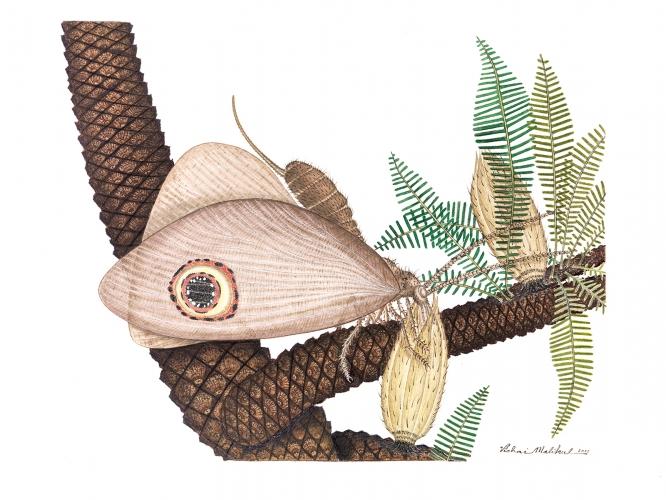Scientists have discovered a connection between ancient lacewing fossils and modern butterflies, leading them to dub the former “Jurassic Butterflies.”
The large butterfly-like insects fluttered throughout Eurasian woodland during the Mesozoic era, and have been extinct for more than 120 million years.
The new analyses of fossils recently found in northeastern China by scientists at the Smithsonian’s National Museum of Natural History show that the lacewings were “surprisingly similar” to modern butterflies, which didn’t appear on Earth for another 50 million years.
The researchers, led by Smithsonian paleoecologist Conrad Labandeira, found that lacewings likely served as pollinators using mouth parts that bear striking resemblance to the elongated structures that modern butterflies use to sip fluids from flowering plants.






